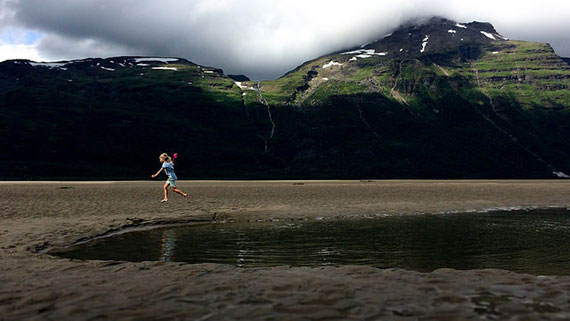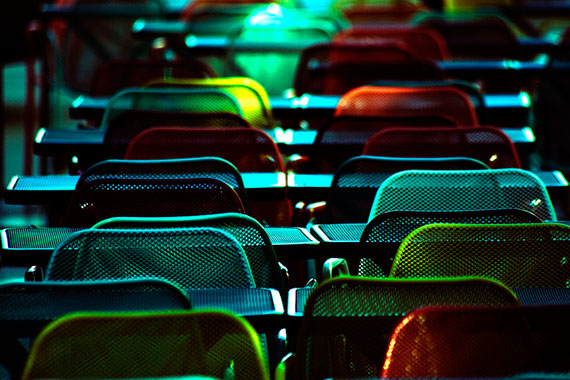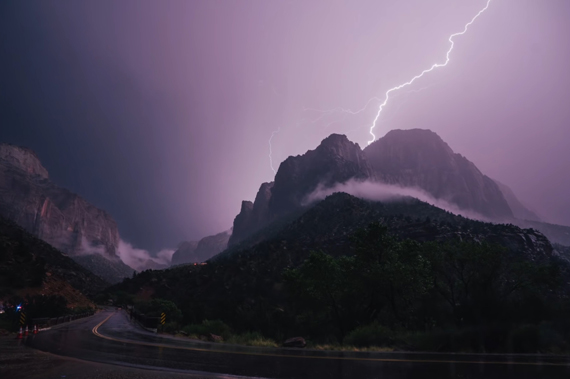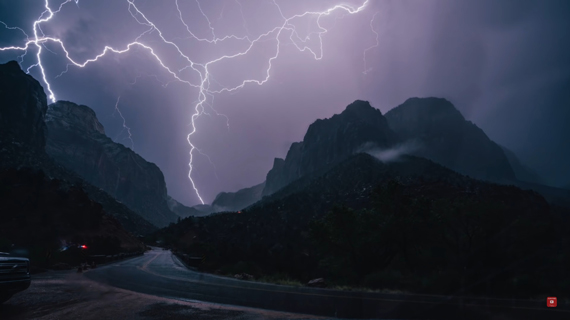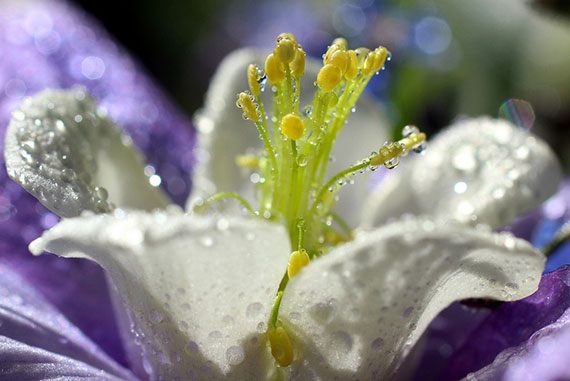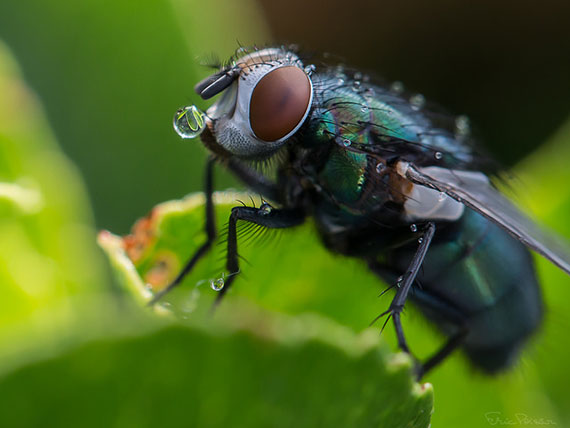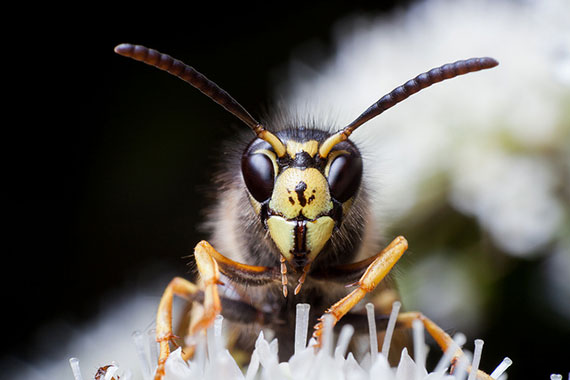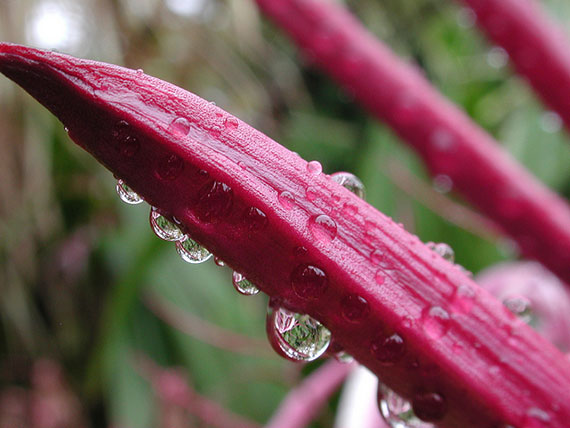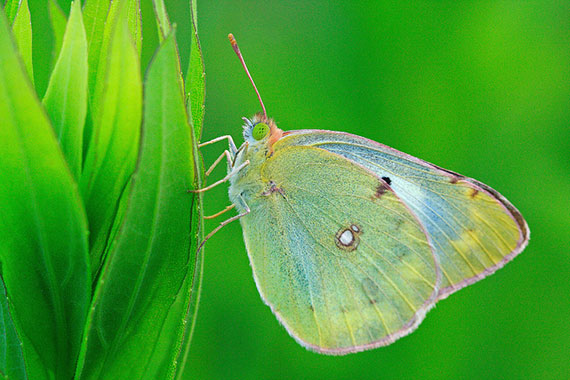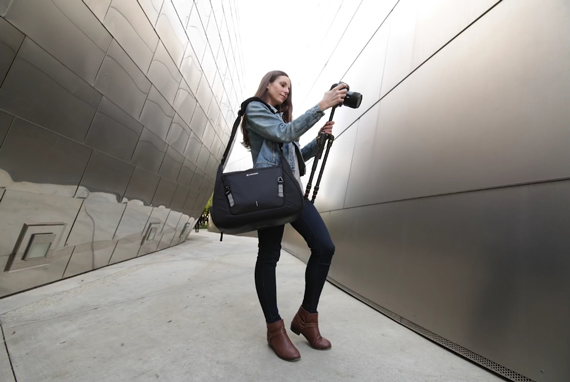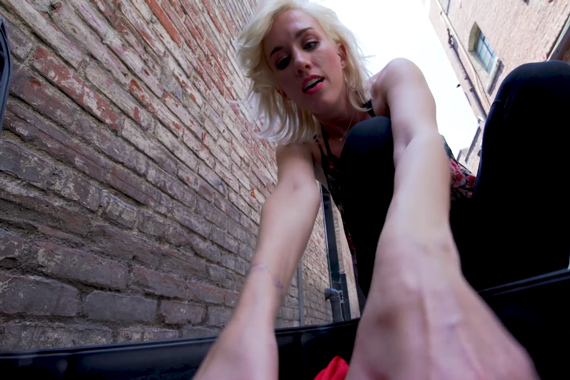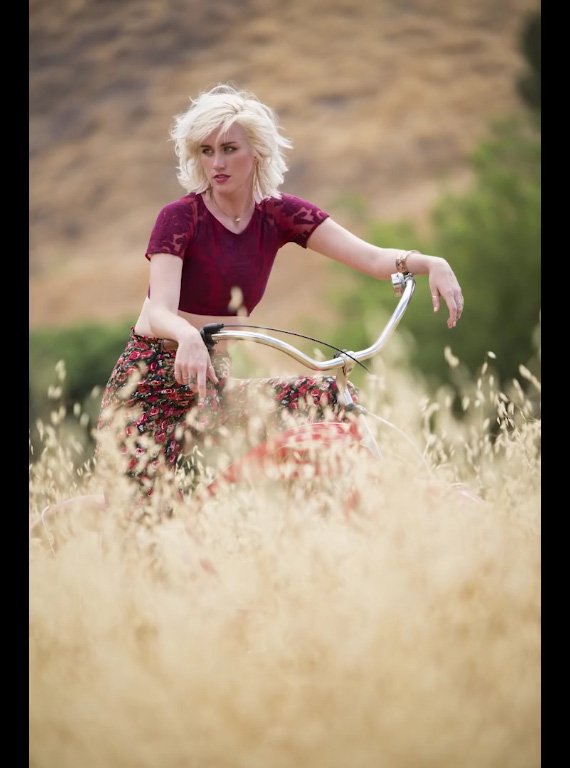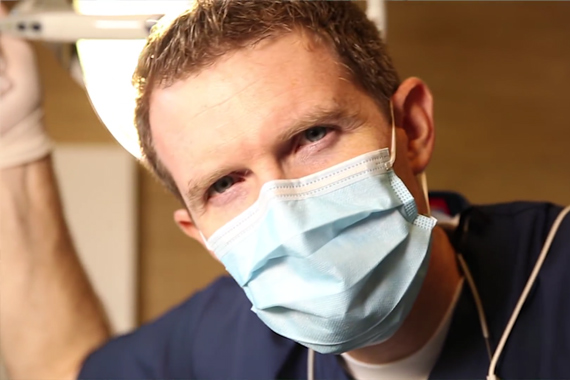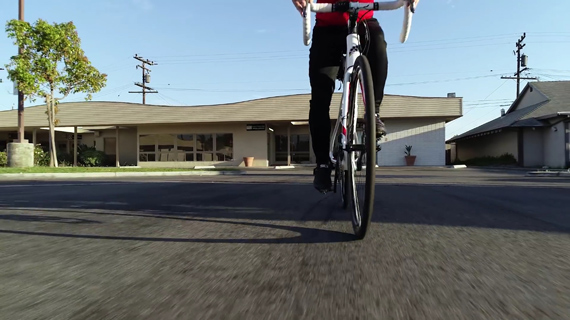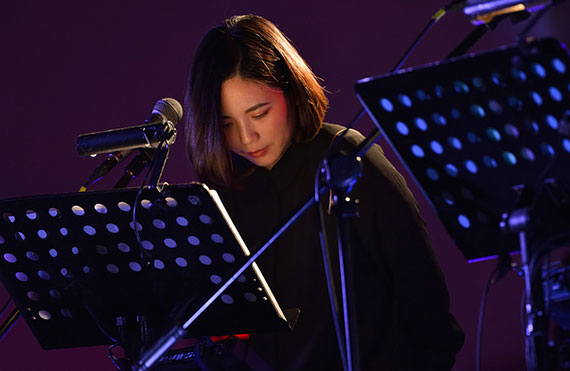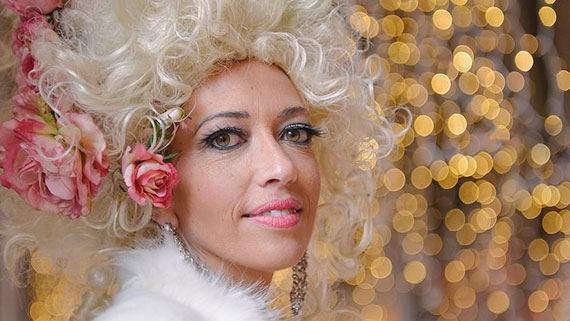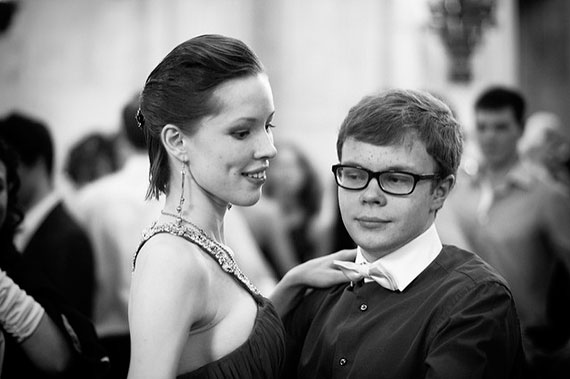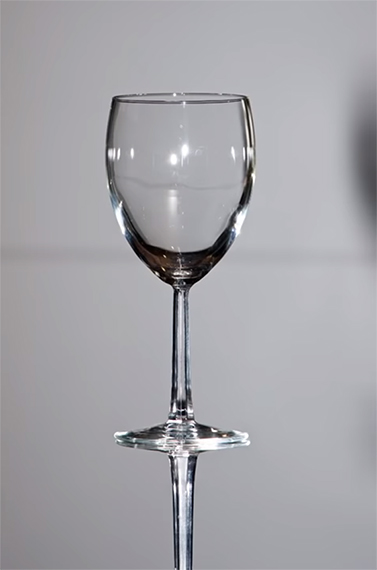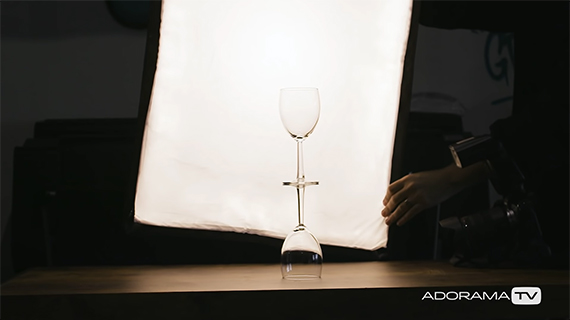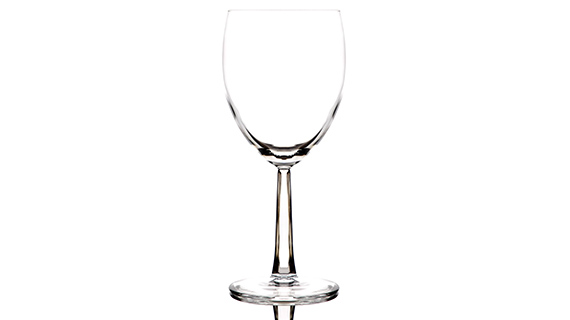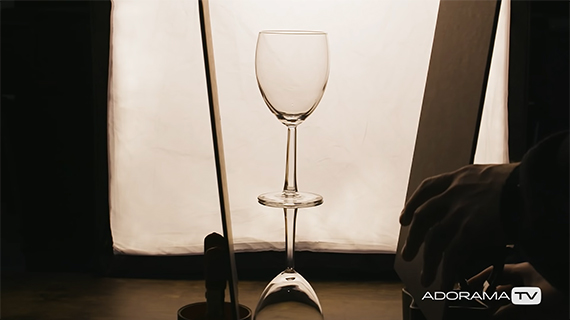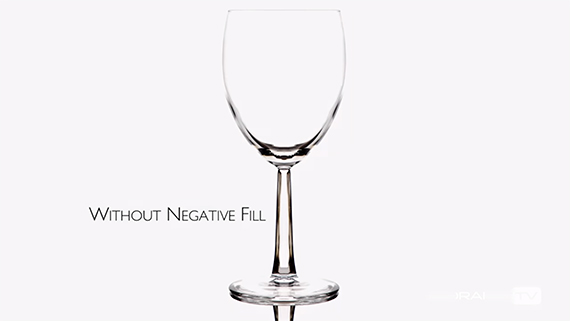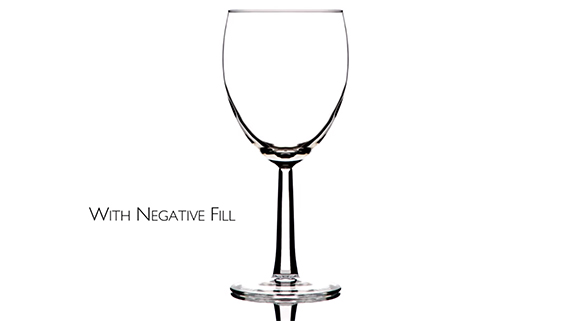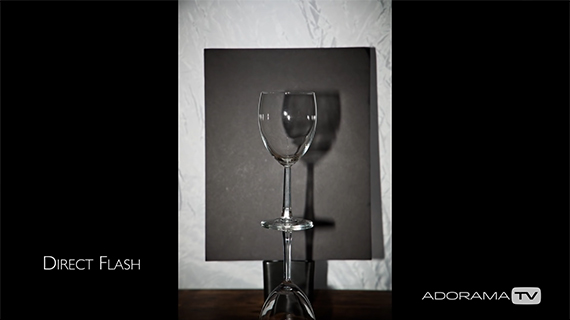Related reminder: only a little while left to get Topaz DeNoise A.I. at 25% Off
There are five lenses I believe every indoor photographer must have in their kit. It doesn’t matter whether you shoot Canon or Nikon, or whether you shoot crop or full frame. These five are must haves for capturing emotion and action in low light. If you’re still using a variable speed, package zoom lens then I implore you to consider purchasing at least one high-speed lens. Both Canon and Nikon offer an identical lineup of fast glass.
In this article I want to focus on five different lenses: three prime lenses and two zoom lenses.
The intent of this article is not to argue the importance of fixed verses zoom lenses, nor is it to examine the pros and cons of each. It is intended to look at how a professional chooses and uses the best lens for the situation. Event photography, especially wedding photography, incorporates a mixture of both technical and creative photographic opportunities. It doesn’t matter if you shoot traditional or journalistic you will use techniques and compositions from both schools of thought.
For any work indoors the first thing a photographer will consider is the speed of the lens. Anything under f/2.8 is too slow for professional work. Even with the advent of relatively noise free high ISO camera sensors a professional must know that they got the shoot. You do not want to be concerned with motion blur or camera shake while great photographs pass by.
Primes
Prime lenses offer increased color accuracy and intense depth of field control. Not only that, but they have a single advantage in portrait photography that zooms do not. They offer uniformity in style. In exchange for this they give up the flexibility in composition that a zoom lens offers. You will want to use the same prime lens for all or most of your traditional portrait shots. That way there will be a certain continuity of style, tone, and feeling running through them. Simply, by limiting yourself to a single focal length you will give your images a feeling that they belong together.
Both Canon and Nikon offer beautiful prime lenses in both a mid-range and professional category. Don’t let this confuse you if you are on a budget. Both categories offer superb optics and technical features. Canon offers their primes in a standard lineup and in their L-series professional lineup, while Nikon offers their primes in the standard D-series and the professional G-series lineup. The price range for the standard lines run between $300 and $500, and the professional L-series and G-series lenses run between $1200 and $2000.
Wide
At the wind end of the spectrum a 24mm f/2.8 is available in the mid range while the professional version of these lenses offers a maximum aperture of f/1.4. These lenses are great for traditional group shoots and formal interior shoots. Using a wide angle lens like this for action shots during the main event or a wedding reception will produce photos that give the viewer the feeling that they are there immersed in the surrounding of the photograph. This style lends itself well to documentary work and photojournalistic photography.
Standard
The “nifty 50” or 50mm prime lens has traditionally found itself to be the workhorse of many professional photographers. It is offered as a 50mm f/1.4 and is well suited for portraiture and documentary work. This lens gives beautiful color saturation and intense rich blurring, or bokeh, outside of its narrow depth of field. The professional series offers a maximum aperture of f/1.2. Use this lens for close portraiture, and interior detail photography. In low light situations this lens excels at stopping the action, but be aware that the small depth of field may cause focus issues in rapidly changing subjects as they move outside of its small range.
Telephoto
For most photographers an 85mm f/1.8 lens is the ideal portraiture lens. It offers great depth of field while minimizing the foreshortening effect of the shorter primes. The lens is also offered in a professional version with a maximum aperture of f/1.2. The 85mm focal length is somewhat limiting for general purpose use but makes up for this with gorgeous traditional portrait shots. This is the lens you will use most of the time when you get the lighting gear out and pose your clients for their formal shots. The wide aperture also gives you the ability to take advantage of available lighting for soft natural portraits.
Zooms
Zooms offer one thing primes cannot. They offer the ability to compose your photograph while standing relatively in the same place. For event photography this is a big plus. You cannot always get close enough to the action for the shot that you want. Zoom lenses also give you a big advantage if you’re trying to capture candid photographs. They allow you to sneak up next to the subject without them noticing you. This makes for natural looking images and removes the observer effect from your subject.
The zoom lenses offered by both Canon and Nikon are vast. There are however, only two lenses that you need to focus on. A wide angle and a telephoto zoom. The 24-70mm f/2.8 and the 70-200mm f/2.8 are both industry standards for this type of photography. They are both professional class lenses though there are lesser priced aftermarket lenses that offer comparable optical and technical features.
Wide
The wide-angle zoom offers a range of 24-70mm and a maximum aperture of f/2.8. This lens is great for closer indoor work and detail photography. Break this one out when you will be getting close to your subjects such as a dressing room or small bar area. This also makes a great walk around lens allowing you to get moderately close for candids and yet wide enough for small shots, table and room photographs. The zoom range on this lens is within the operating specs of most on camera flash equipment making it the go-to lens for any direct flash work.
Telephoto
The telephoto zoom lens offers a range of 70-200mm and maximum aperture of f/2.8. The 70-200mm lens is offered with image stabilization (IS) Canon, or vibration reduction (VR) Nikon. This lens is also offered in a model without any anti-shake technology. The VR and IS lenses are the best choice for low light situations providing forgiveness for shake due to low shutter speed. This lens is the one you want when you need to step away from the action and blend in to capture emotion and raw candid expressions. If your style aims for a photojournalistic look and capturing the moment. This might be your all purpose lens.
About the Author:
Stephanie Smith is the owner and head photographer of omorfiPixel—Kansas City based wedding, family and newborn photography.
For Further Help, Deal Ending Soon:
Noise reduction technology has basically been the same for a decade, with only minor incremental improvements here and there. DeNoise AI may be different: the Topaz Labs team fed an algorithm millions of noisy/clear images until it actually learned what noise is and how best to remove it.
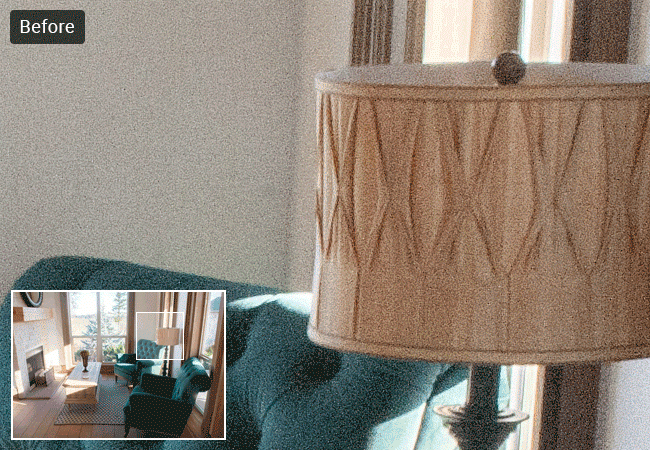
New: Topaz Denoise A.I. (See How it Works)
It is currently 25% off for the launch sale which ends soon, plus our readers can save even more by using the coupon code picturecorrect at checkout.
Launch sale found here: Topaz DeNoise A.I. at 25% Off
Go to full article: Camera Lenses For Indoor Event Photography: Fast Glass
What are your thoughts on this article? Join the discussion on Facebook
PictureCorrect subscribers can also learn more today with our #1 bestseller: The Photography Tutorial eBook
The post Camera Lenses For Indoor Event Photography: Fast Glass appeared first on PictureCorrect.
from PictureCorrect http://bit.ly/2vh7R0B
via
IFTTT
